Beginners guide to Dark Energy Crystals: SPLINTERLANDS cryptocurrency (with giveaway!)
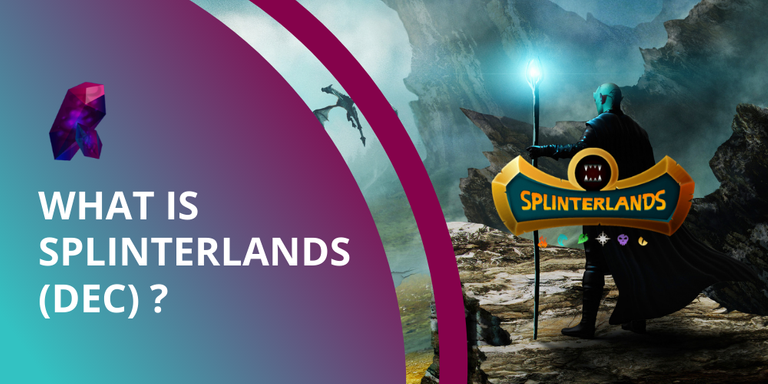
A beginner's guide to Dark Energy Crystals (DEC), the in-game currency of Splinterlands.
Splinterlands DEC, otherwise known as Dark Energy Crystals, is the in-game currency of the NFT trading card game built on the Hive blockchain.
Originally created as a Hive second-layer token on the Hive-Engine platform, Splinterlands DEC can now easily be traded on numerous decentralised exchanges on both Ethereum and BSC.

This Splinterlands DEC guide will show you that this particular cryptocurrency is not only the lifeblood of the game, but a play to earn gamer’s ticket to making money.
Nothing shows that the age of abundance is truly upon us like DEC.
Introduction to Splinterlands DEC
An introduction to the Splinterlands game, DEC, SPT and SPS.
Let's first introduce Splinterlands DEC, the in-game currency of the popular Hive blockchain based NFT trading card game.
But before we get into the meat of this guide, we need to make a clear distinction between Splinterlands the game, the in-game currency of Dark Energy Crystals (DEC) and any other Splinterlands associated cryptocurrencies.
To kick things off, let’s walk through them one by one, below.
The Splinterlands game
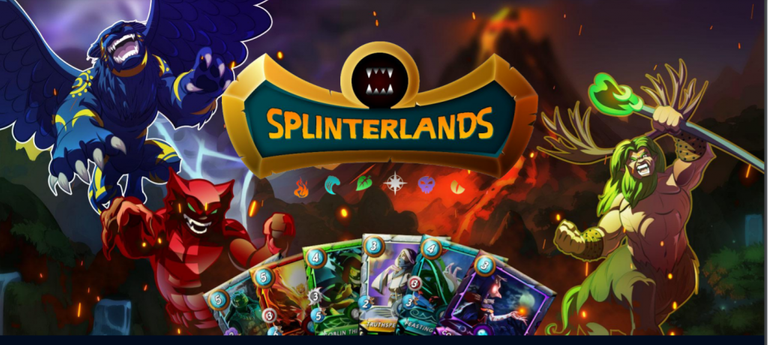
Splinterlands is an NFT trading card game built on the Hive blockchain.
It is a digital trading card game similar to say Magic the Gathering, except each player retains full ownership of their cards and other in-game assets such as DEC.
This is possible because each Splinterlands card is actually a non-fungible token (NFT), with all supply and ownership details recorded on the immutable Hive blockchain.
Using their cards, players are able to first use them within the game for:
- Battling
- Collecting
- Combining
- Burning for DEC
But due to the fact that players retain full ownership of their NFT assets, you can then also sell them on the open market whenever you please.
No longer are players tied down by greedy video game studios who create yearly versions of games that renders all in-game assets on the old game worthless.
Blockchain-based, play to earn gaming has arrived and Splinterlands is leading the charge for players and investors alike.
Dark Energy Crystals (DEC)
Dark Energy Crystals (DEC) are the in-game currency of the Splinterlands game.
The NFT ownership aspect of the game means that there is an entire Splinterlands associated economy wrapped around it.
All powered by the DEC token.
Dark Energy Crystals (DEC) truly are the lifeblood of the game, giving players an opportunity to make real money playing Splinterlands.
First of all, Dark Energy Crystals (DEC) is earned by players of the game, every time you win a ranked battle.
Being NFTs, each Splinterlands card also has a DEC burn value assigned to it.
It allows players to choose to sell their cards on the open market as NFT assets, or immediately burn them for their assigned DEC value.
This value is based on a number of factors including its foil, set, rarity and number of BCX.
Players are then able to quickly and easily trade their DEC for USD, BTC or any other cryptocurrency of their choice using decentralised exchanges on Ethereum, BSC or Hive.
Splintertalk (SPT)
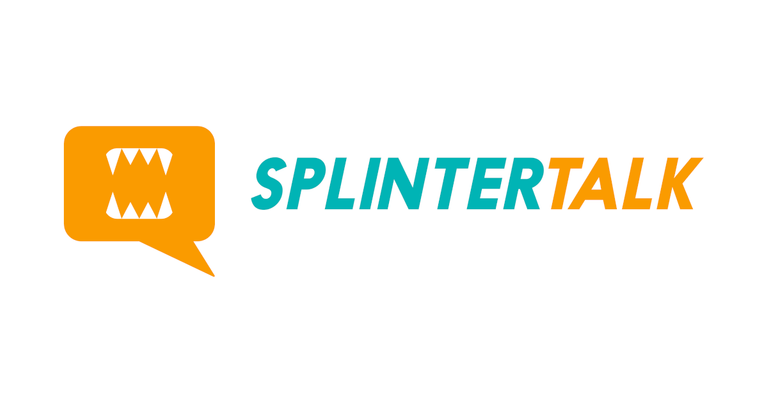
Splintertalk (SPT) is a completely separate token from DEC.
SPT is a Hive second-layer token rewarded for blogging about Splinterlands exclusively on the Splintertalk platform.
It can be staked to give you influence on the Splintertalk platform and then used to distribute the rewards pool via upvotes using the same system as HIVE.
All SPT rewards are split 50/50 between the author and curators who have voted on the content, before being paid out entirely in liquid SPT tokens.
While this token is independent of DEC and not actually used within the Splinterlands game itself, it has been given more meaning now that SPT rewards count towards Splintershards (SPS) airdrop points.
Not to mention the team’s future plans for the SPT token to fuel an entire Splinterlands side economy featuring an NFT marketplace for game-related content.
All of a sudden, this has made what was once seen as a useless blogging token, become an extremely valuable supplement to the Splinterlands DEC token.
SplinterShards (SPS)

SplinterShards (SPS) is another related, but still completely different token from DEC.
Once this has been achieved, its goal is to allow those who hold and stake the token to have an increased level of decision making.
SPS holders will have a level of control over the game and how the player base interacts with the dApp.
Every gamer with a stake in the Splinterlands ecosystem will receive a daily SPS reward over a 365 day period, which is now nearly over. Only 33 more days to go. The end of this airdrop will probably have a decent influence or the pricing of SPS aswell. Since in this post, I'm focusing on DEC, I'll just point to the whitepaper of SPS for more information:
https://sps.splinterlands.com/
From here on, our guide to Splinterlands DEC will dive into earning and maximising your DEC.
Let’s go!
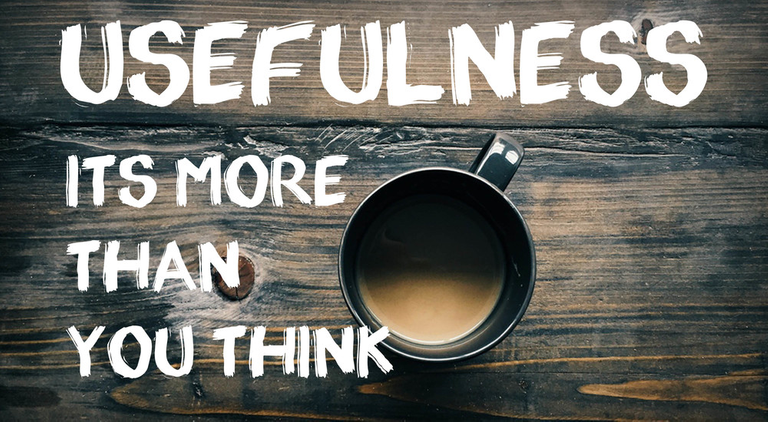
What is Splinterlands DEC used for?
Congratulations! You pulled the trigger and bought yourself the Summoner's Handbook. You've read up on how the game works and what capabilities the cards you hold have. It's not easy, but, you are earning yourself some DEC by winning a few battles here and there. Now, what can you use those earned DEC for?
USES FOR DEC TOKENS
Let's now give a quick look as to the items available for you to use your DEC tokens on:
HODL THEM FOR AIRDROP POINTS
That's correct. Just do nothing with them but hold them in either your in-game wallet, Hive/Steem Engine Wallet or BSC wallet. By doing this you are earning yourself points toward the Splintershards (SPS) Airdrop on a 1:1 basis. Now honestly, when was the last time you earned something for doing absolutely nothing?
USE DEC TO BUY CARDS TO IMPROVE YOUR BATTLE DECK
Well wasn't it nice that with the Summoner's Handbook you bought you got a base set of cards to start playing the Game? But face it, you truly are not going to go far in the Game without taking steps to improve on that starter deck. By not improving upon this base battle deck you are seriously limiting your ability to level up in the Game as well as limiting the financial returns you can earn from the Game.
So the suggestion here is to take some of the DEC you managed to earn and go to the in-game market and buy yourself some stronger cards, Start slowly - you can not build a battle deck all at once. And do not think you need to go out and buy the most expensive card to improve your deck. True, card prices are up, but you can still find some gems at a relatively good price on the market.
Face it. If you intend to be in the Game for the long run, this suggestion will catch up with you sooner or later. Therefore, the sooner you embark on a path of improving your battle deck, the sooner you will see a greater win percentage in battles and the resulting financial benefits that flow from these wins.
USE DEC TO BUY QUEST POTIONS
This suggestion is the subject of some debate within the Splinterlands community with some saying it is a waste of DEC tokens while others saying it is of great benefit. Your author suggests that you give it a try and make your own personal decision as to whether the cost of a Quest Potion is worth the gains derived.
A Quest Potion costs 750 DEC in the in-game store. So what does this 750 DEC expenditure get you? By having a Quest Potion and completing the Daily Quest, you earn extra Loot Chests. For Bronze League players, having a Quest Potion earns you 5 extra Loot Chests upon completion of the Daily Quest. In other words, you get five extra chances of earning either a Legendary Potion (Double the chances of obtaining a Legendary Card whenever a card is generated), a Alchemy Potion (Double the chances of obtaining a Gold Foil Card whenever a card is generated), DEC tokens, or a Reward Card.
However, when you are in the 'growing' stages of this Game, Cards and the Power they represent is important as it is determinative of the highest league tier you can achieve. Any way you can accumulate cards and their associated power should be pursued. But nonetheless, each individual must for him/herself do a cost/benefit analysis to determine if this is a proper course to pursue.
INVEST THE DEC IN A LIQUIDITY POOL
Depending on your overall financial condition as well as your tolerance for risk, several investment options are available for you to put your DEC to use. These options include:
- CUB FINANCE: Cub presently offers a Liquidity Pool pairing DEC with BUSD.
- TRIBALDEX: TribalDEX currently offers 5 different liquidity pairings. Most interesting among these is the PIZZA:DEC Diesel Pool which is currently paying additional Liquidity Rewards (both Pizza and DEC tokens)
- UNISWAP: UniSwap presently offers two Liquidity Pools - DEC-ETH and DEC-DAI.
IF YOU DO NOT WISH TO HOLD DEC TOKENS YOU CAN SWAP THEM
For whatever reason, when you earn DEC tokens and reach a specific amount, you may wish to swap the DEC tokens for another token of your choice. Swaps are available on the following Trading Platforms (with links provided):
- CUB FINANCE
- HIVE ENGINE
- STEEM ENGINE
- LEODEX
- UNISWAP
- TRONTRADE
[NOTE: With all that is occurring and developing within the Splinterlands Ecosystem at present, this option for utilization of your DEC tokens is the least desirable option]
CONCLUSION
Clearly, the DEC token displays great value when viewed in the light of these suggested use cases.
Furthermore, being a soft-pegged token (1000 DEC:$1.00) it is rather safe to hold since at the moment of writing 1000 DEC is worth $0,6942
So, go out there and put your DEC to good use - financial opportunity awaits.
Good luck!

How do you earn Splinterlands DEC?
Learn about all the different ways to earn Splinterlands DEC while playing the game.
Dark Energy Crystals (DEC) is the native token of the Splinterlands game.
We know this token is how the game is monetised internally and is primarily used for rewarding players who win battles.
But with a whole layer of rewards on top of regular battle wins, did you know there are actually a number of different ways to earn DEC?
In this section of our Splinterlands DEC guide, we are going to go over the various ways you can earn DEC as a player.
DEC from playing Ranked Matches
To start playing Splinterlands ranked matches, players are required to purchase what’s called a Summoner’s Spellbook.
While Splinterlands is free to begin collecting cards, you aren’t able to battle and therefore earn DEC without one.
The Summoner's Spellbook (Starter Pack) upgrade has a one-time upgrade cost of $10, which you can pay in USD or various cryptocurrencies including HIVE.
Like most play to earn card games, Splinterlands has a Ranked Mode in which you earn DEC from wins.
Here you are playing ranked matches featuring promotion/relegation, against other players when you start a battle.
Higher league gameplay will also affect the DEC rewards you take home for each win and the player who you are matched up against will have an effect on the amount of DEC you can earn.
Ranking points in the Ranked matches have another value that is affected on your DEC.
You’ll notice that players also see their DEC rewards increase in value based on their winning streak.
A winning streak is calculated every day and the player is rewarded accordingly.
Always remember that your DEC Capture Rate also has a huge effect on the amount of DEC you can earn from each battle.
It’s like HIVE Power that updates based on each Ranked match, meaning your DEC earn rate gets affected.
Each day depending on the spent rate, this DEC Capture Rate value updates itself.
DEC from Daily Quest Rewards
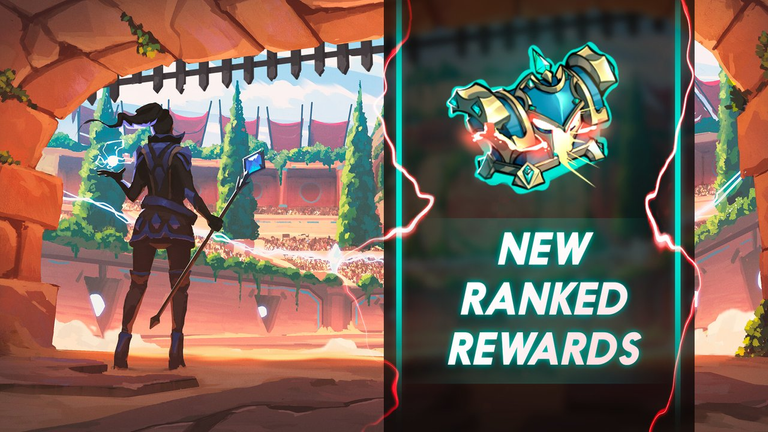
A lot is changing about the daily quest rewards: Latest official Splinterlands update
At the moment you have to complete your daily focus missions. As the name already hints for, you need to focus on using a specific splinter to battle. Doing so, you'll earn focus points, which will count towards rewards chests. The more battles you do using your specific splinter, the more chests which contain dec, reward cards, potions and even chaos packs.
Caution: you need to have some owned cards to start earning focus points, with the recent update, Splinterlands punishes utilising the free to use starter cards.
DEC from End of Season Rewards
The game of Splinterlands has a leaderboard with various levels included within it.
Each season runs for up to 16 days and the levels in the season are as follows:
- Bronze
- Silver
- Gold
- Diamond
- Champion
Each level in the leaderboard gives you a specific set of rewards at the end of a Splinterlands season.
How successful you are is what sets your placement in this leaderboard and at the end of the season, rewards are distributed from the top down.
If you’re successful then you earn more rewards worth DEC and are promoted to the next level for an even higher earning potential.
But if you’re not successful, then the next season would see you fall back to the previous level in the leaderboard where your end of season rewards will be lower.
DEC from Loot Chests
As explained above, Loot Chest rewards are calculated on the basis of the league of the player.
DEC value in the Loot Chest would vary based on your level as obviously your earning potential is higher at the top than the bottom.
Conclusion to earning Splinterlands DEC
This section of our guide has gone over each of the ways through which Splinterlands DEC can be earned.
DEC tokens are extremely liquid for an in-game cryptocurrency and can always be traded on the Hive-engine for HIVE at the drop of a hat.
Check out my guide about FREE DEC: Click here
Now we’ve gone over how to earn Splinterlands DEC, let’s move onto the next section.
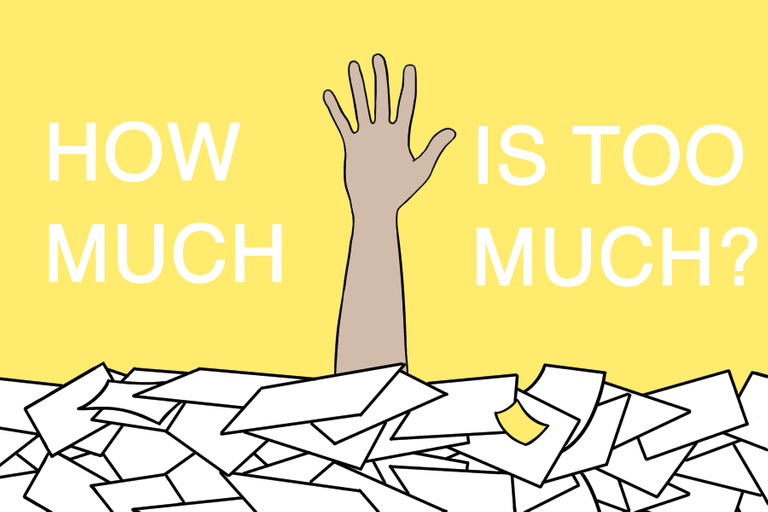
How much Splinterlands DEC per day can I earn?
Is it possible to play Splinterlands and earn enough money (DEC) to make it a full time job? Could a person earn a decent living playing a blockchain video game? Since the in-game currency (DEC) can be converted into fiat currency, the question that needs to be answered is simply:
How much DEC can I earn per day?
At present, there are a few ways Dark Energy Crystals (DEC) can be earned while playing Splinterlands. The amount earned will be up to each individual and how far they've progressed in the game.
We go over each in this section of our Splinterlands DEC guide below.
Loot Chests
Upon finishing a daily quest or at the end of a season, players receive "loot chests" as a reward. Depending upon which "league" the player has competed in (Bronze, Silver, Gold, Diamond, or Champion) they will get a number of these chests corresponding to where they finished the season. The higher the player ranks, the more chests they receive. Each chest will contain a potion (Legendary or Alchemy), cards, or DEC. The DEC amounts will range from just a few crystals all the way up to 2000, with the majority of the "drops" coming in from 5-300.
Season Rewards
The top players also earn a sizable DEC reward for finishing the season on top of the rankings. The Bronze League has a top prize of 30,000 DEC while the Champions League pays out 200,000 DEC to the winner.
Selling Cards
Again, upon receiving rewards chests, a player will often receive cards from opening the chests. These cards can be sold on the market for DEC. The amount of DEC they can be sold for will obviously depend upon how powerful and/or how rare the cards are in the game. Some of the Legendary cards can be listed for literally hundreds of thousands of DEC, while the cheapest cards will usually fetch around 40-50 at current prices, give or take. Most cards will be somewhere in between with the Rare, Epic, and Legendary cards obviously being worth more than the Common.
Renting Cards
A player may also choose to hold onto their cards and rent them out instead. Again, depending upon power, level, and rarity, a player may earn anywhere from a fraction of a DEC to upwards of a few hundred per day. If the player is not using cards, it can be a decent passive income to put the cards on the market to rent. Obviously, the more cards a player rents out, the more DEC they can earn.
Winning Battles
The final way a player can earn DEC every day is by winning ranked battles. Each time the player wins a battle, he/she is rewarded with ranking points and DEC. Once again, the amount varies depending upon how far the player has advanced in the game. The higher their ranking, the more DEC they receive for winning. They will also receive bonuses to the amounts received if they are on "winning streaks". If the player wins consecutive battles, they will get a percentage bonus on their DEC winnings with the bonus increasing as their winning streak lengthens.
Bronze level battles usually pay out fractions of a single DEC at the lowest levels, although once a player advances to Bronze II or Bronze I, the amounts can climb up into the low to mid double-digits, with even higher numbers possible with lengthy winning streaks. Legendary battle wins can pay in the low to mid hundreds of DEC per win.
That said, there is what is known as the "capture rate" within the game. The capture rate is a mechanic placed in the game so "bots" can't play the game 24 hours a day and milk the rewards. Each time a player battles, the capture rate goes down a tiny percentage. As it goes down, the player only receives that percentage of the rewards won for winning a ranked battle. For example, if a player won a battle and would be receiving 20 DEC as a reward, but their capture rate is at 90%, they will only receive 18 DEC. Obviously, if the rate gets down below 50%, that could be a big chunk of earnings, especially if the player is in the higher leagues where each battle could pay 200-300 or more DEC to the winner. The capture rate DOES recharge however. It will recover 20% per day so players are best served only taking it down to around 80% on a daily basis unless they know they'll be skipping a day or two for some reason. They can also open a second account and play that one while their capture rate is recharging, potentially doubling their daily income.
Tournaments
Splinterlands also has an active tournament schedule with daily contests being run for prizes. Again, these prizes will be based on the league level the player is playing and, obviously, how high they finish in these tournaments. While this really isn't what a person would call passive income, it IS a way to earn more DEC on a daily basis, thus it is being mentioned here. Tournaments can be found under the "Events" tab in the game.
Conclusion
Overall, a player basically gets out of Splinterlands what he/she puts in. If they advance into the higher league levels, they can earn a few hundred up to thousands of DEC per day battling. The rewards chests are only awarded once a day so the amount of DEC earned there will usually not be more than 100-300, although, as stated, there are the occasional 2000 DEC rewards. Renting and/or selling cards can also pay DEC on a daily basis provided the player receives cards in the loot chests. Again, the amount will be strictly based on how rare and/or powerful the cards they receive happen to be, but some cards can be rented out for hundreds of DEC per day and some cards can be sold for many thousands.
Doing some quick math, if a player earns 10,000 DEC ($70USD) per day battling, builds his/her deck up to a point where they are renting out cards for another 1000 DEC ($7.00USD) per day, selling extra cards once a week for another 5000 DEC ($35USD), and then adding a second account that does half of that, they could conceivably make $125 USD fairly comfortably every day. Multiply by 7 days a week and 52 weeks a year and it adds up to around $45k. Throw in the occasional legendary card that currently can be sold for hundreds of dollars and seeing that number climb over $60k a year is not a stretch.
In conclusion, if a player wants to spend the time and energy learning the game, building their card decks, and advancing in levels, they could certainly reach a point where they are earning a few thousand DEC every day. In fact, at the Champions level, a player could earn upwards of 10,000 DEC per day just battling. With potential tournament winnings, the sale/rental of awarded cards, and season end rewards for finishing near the top of the rankings, it is quite possible a person could earn a nice living playing Splinterlands, a blockchain video game.
Burning Splinterlands cards for DEC
Without needing a crystal ball, it is nonetheless predictable that the value of Splinterlands Monster cards will continue their present course of price appreciation. In this section of the Splinterlands Coin Guide, let's investigate why this statement is true, as well as the effect of burning cards for DEC on card prices.
BURNING SPLINTERLANDS CARDS FOR DEC
Right now, prices of monster cards are much higher than they were a year ago. Given this fact, you may be thinking about getting rid of some of those duplicate cards you have not merged and stacking some DEC for airdrop points (or for that card you've been dying to add to your deck).
Sure, you can try and sell it on one of the markets - figure out a sale price, list, keep checking, wait for that hopeful buyer to appear - eh, yes, a major hassle with no guarantee the card will even sell. But never fear, an alternative is available to you to rid yourself of that card and put some DEC in your pocket.
At any point in time you choose, you may 'burn' your card and receive DEC from Splinterlands for said burn. You see, every game card in Splinterlands is backed by a specific amount of DEC. This DEC burn price is, in essence, a price floor for each card (the minimum price you will receive for selling/burning your card).
And just how do you know what this DEC burn price is. Go to your Card Collection page and find the card you wish to burn. Click on it to bring up the card information. On this page, the DEC burn value always appears in the rightmost column.
So, for Kobold Miner, the amount in the rightmost column is the DEC burn value and for burning this card you would receive 15 DEC. This function exists for each and every card you own, so the burning process yields you a return of DEC and in effect reduces the number of the card sold in circulation by one.
As burning reduces the number of cards in circulation, the act of burning cards is deflationary on card supply. Applying basic economics, with a reduction in supply (presuming demand is constant) prices for cards will increase. As well, to complete the circle, the issuance of new DEC to pay for the burn is inflationary. With more DEC available to be spent in the system, coupled with increased demand from all the new players, the supply available in the system for purchasing cards on the market will dry up from increased sales, thereby likewise driving prices higher.
GENERAL INFORMATION CONCERNING CARD PRICE APPRECIATION
An interesting blog was posted some months ago. In it, the effects of card deflation on price were investigated, a very interesting and possibly overlooked source of card deflation was touched, stating:
While an edition is still in "print", it is inflating the numbers of all cards bit by bit. But each edition is limited in total supply and when it reaches the end of its printing cycle, the inflation halts and deflation sets in. We can see this taking place since the end of the Splinterlands Alpha edition, as well as the following Beta edition and the various Reward and Promo cards that are already out of their inflation phase.
CONCLUSION
Burning Splinterlands Cards for DEC clearly is deflationary, causing a resulting increase in card value. Plus the new DEC added in an inflationary fashion likewise drives demand for cards pushing the prices thereof higher.
But card burning is not the only factor affecting the value of Splinterlands cards. Taking into account the resulting effects from the SPS Airdrop, the deflationary effect is exacerbated driving prices and correspondingly market capitalization higher.
All good news for Splinterlands.

Pros and cons of buying Splinterlands DEC
We take a look at the pros and cons of buying Splinterlands DEC for both active players and long term investors.
When it comes to whether you should buy Splinterlands DEC, there are a number of pros and cons to first consider.
In this section of our Splinterlands DEC guide, we go over the pros and cons before helping you to make a final informed call on buying DEC yourself.
Pros of buying Splinterlands DECNeeded to play Splinterlands:
- As the in-game currency of the Splinterlands game itself, it is an integral part of actually playing the game.
You can use DEC to buy cards and potions which via effective gameplay, can be compounded into more DEC.
If you’re an active Splinterlands player, then you need to buy some DEC.
- Ability to earn SPS airdrop points:
The more DEC you have on hand, the more SPS airdrop points you will earn each day.
This works for both active Splinterlands players as well as passive DEC investors because whether your DEC is within your account or in the DEC-bUSD LP on Cub Finance, you’re earning SPS points.
- Price could go up:
With so much hype around Splinterlands and play to earn games in general, demand for DEC doesn’t look like receding anytime soon.
As long as the game continues to grow and attract new accounts at anything close to the current rate, then the price of DEC is likely to continue appreciating.
Cons of buying Splinterlands DEC
- Price could go down:
While we said that price potentially going up is a pro of buying Splinterlands DEC, we’ve also included the opposite effect right here in the cons section.
It’s all about weighing up the potential risk to reward.
- Possibly better returns elsewhere:
If you’re purely looking to buy DEC as an investor rather than a player of the game, then there may be better returns elsewhere.
With just 15% on offer in the DEC-bUSD LP on Cub Finance, that is certainly on the small end of the DeFi scale.
But we say may be because DEC may be the easiest way to increase your SPS airdrop, but we don’t actually know how big that token could be at the end.
It could be meh or it could be really big.
Another risk to reward that you need to weigh up before buying Splinterlands DEC.
Do the pros outweigh the cons of buying Splinterlands DEC?
This is a question that only you yourself can answer.
There are just too many unknowns and variables around the future success of the Splinterlands game and the ultimate value of the SPS airdrop.
If the parabolic growth that we’ve seen Splinterlands generate continues, then the price of DEC could just continue to moon.
But if the play to earn craze starts to waiver, then a drop in demand for DEC could just as easily see its price fall back to the peg.
At this stage, we just don’t know.
What you can do however, is use the information found within this guide to Splinterlands DEC to make an informed decision before placing your bets accordingly.
Should I buy Splinterlands (DEC) in 2022?
Whether you’re a player or simply an investor, we take a look at whether you should buy Splinterlands DEC in 2022.
There’s no hiding from the FOMO that comes from watching the price of Splinterlands DEC race seemingly higher each day.
The popularity of Hive’s very own play to earn game Splinterlands has transcended our own little blockchain bubble and gone crypto mainstream.
You’ve gotta love it!
But at these prices, you’re no doubt asking whether you should actually be still buying DEC to end the year, or whether it’s time to let the market retrace.
This final section of our Splinterlands DEC guide lays out all the facts you need in order to make that final decision yourself.
3 reasons to buy Splinterlands DEC
Whether you’re an active Splinterlands player or you’re simply looking to invest in the in-game currency of the hottest play to earn game of the year, there are numerous reasons to buy DEC.
The top 3 of which, we go over in this section of our guide to Splinterlands DEC, below.
1. Splinterlands DEC can be used in the game
First and foremost DEC is a currency to be used within the Splinterlands game.
The best way to make money from Splinterlands is still to get into the daily grind of winning battles, completing quests and receiving rewards.
While you technically don’t have to buy any DEC to play the game, you do need to have and use DEC to play Splinterlands well.
If the lure of play to earn gaming for a living is too strong, then you’re going to need to buy some DEC off the market in order to start your gaming off on the right foot.
2. The Splinterlands DEC price could explode higher at any moment
Whether you’re using your DEC in-game or not, the likelihood of price exploding higher again is probably quite high.
When it comes to the wider gaming community outside of crypto, Splinterlands is still tiny.
We have barely scratched the surface when it comes to potential demand for Splinterlands accounts and DEC on the back of that alone.
But consider this.
All that’s needed is a major exchange listing and the price could go anywhere.
Hello Binance, we know that you’re watching.
3. Maximising your SPS airdrop points
The fact you’re able to use your Splinterlands DEC holdings to maximise your SPS airdrop points is currently the biggest driver of demand.
13.33% of the total SPS supply will be airdropped to Splinterlands players and as DEC is the most liquid asset eligible for generating points, demand is far outstripping supply.
Current Splinterlands players are holding onto their DEC, meaning new players don’t have access to a steady stream of supply hitting the market.
The ability to earn 200% simply by staking your SPS, allows you to maximise your SPS earned from DEC.
Can you see the layers that are starting to be built when it comes to earning money from your DEC?
Finally, how do you buy Splinterlands DEC?
The best way to buy Splinterlands DEC is on Hive Engine.
The process is as simple as logging into the exchange using your Hive account and then heading to the DEC market to hit buy.
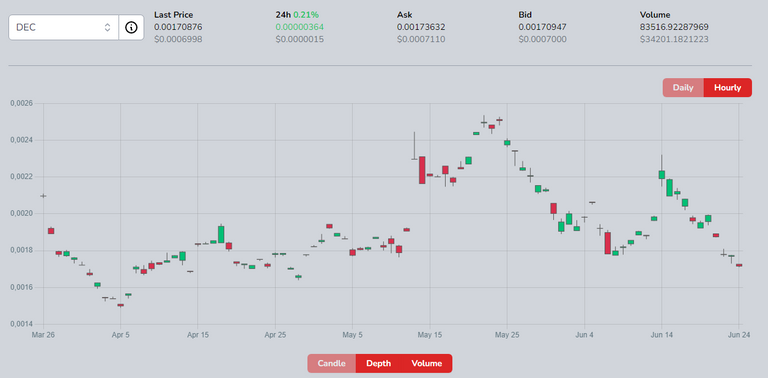
About me
I am a person who discovered the Hive community in December 2021. I was looking for a new cardgame to play and eventually earn something in. After some research I discovered Splinterlands. Splinterlands is an innovative addition to the play-to-earn games in the NFT world. Previously known as Steem Monsters, the game operates on the Hive blockchain and belongs to the trading game genre. In Splinterlands, players fight against monsters to get in-game rewards.
I decided to pay the $10 after playing some matches for free. 10 bucks for a computergame seemed fair for me. At the moment I'm trying to build out my carddeck by playing the game and participating in the community. At the moment of writing, my $10 became already worth way more!
Giveaway
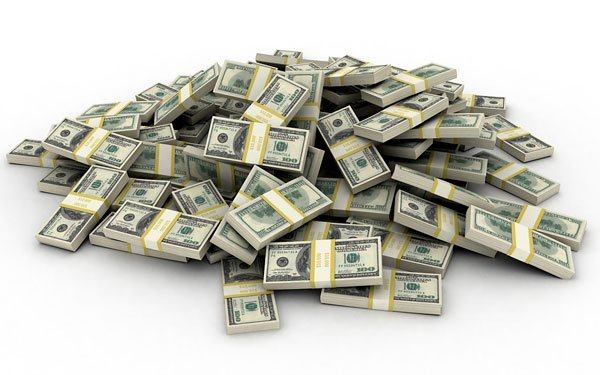
Check out this post in which I give away Hive Backed Dollars (HBD) for free:
https://peakd.com/hive-13323/@stekene/dollardollardollar-free-hive-dollars-from-this-topic-giveaway-edition-11-dollardollardollar
!HBIT
Success! You mined .9 HBIT & the user you replied to received .1 HBIT on your behalf. mine | wallet | market | tools | discord | community | <>< daily
Congratulations @stekene! You have completed the following achievement on the Hive blockchain and have been rewarded with new badge(s):
Your next target is to reach 300 upvotes.
You can view your badges on your board and compare yourself to others in the Ranking
If you no longer want to receive notifications, reply to this comment with the word
STOPSupport the HiveBuzz project. Vote for our proposal!
@tipu curate ;)
Upvoted 👌 (Mana: 24/44) Liquid rewards.
Thanks for sharing! - @alokkumar121

useful guide for beginners. nice work